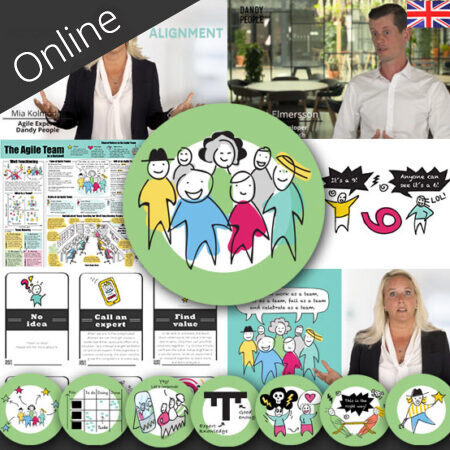For good or bad, the pandemic, has transformed the way teams work around the world. Only a fraction of organizations has all employees back at their offices, while the biggest part is either having employees back in the office a few days a week or having them work remotely 100%. Some have even decided to expand their recruitment abroad. The positive side is that we are now more used to remote working and we have a broader toolbox to make us feel closer despite the distance. But on the flip side, we now have to face a new set of challenges both from the long-term remote working and the mix of onsite and remote work… How can we get the same ownership, engagement, team bonding, and awareness while working from our bedrooms or maybe from the other side of the globe?
The purpose of this poster is to create more awareness of those challenges and enable some reflections in the form of simple tips to try. After all, there is no solution that fits all and the effects are very different from team to team or company to company.
Download the Hybrid Agile Teams Poster for Free Here (PDF) >
French: Download the poster for free here (PDF) >
Spanish: Download the poster for free here (PDF) >
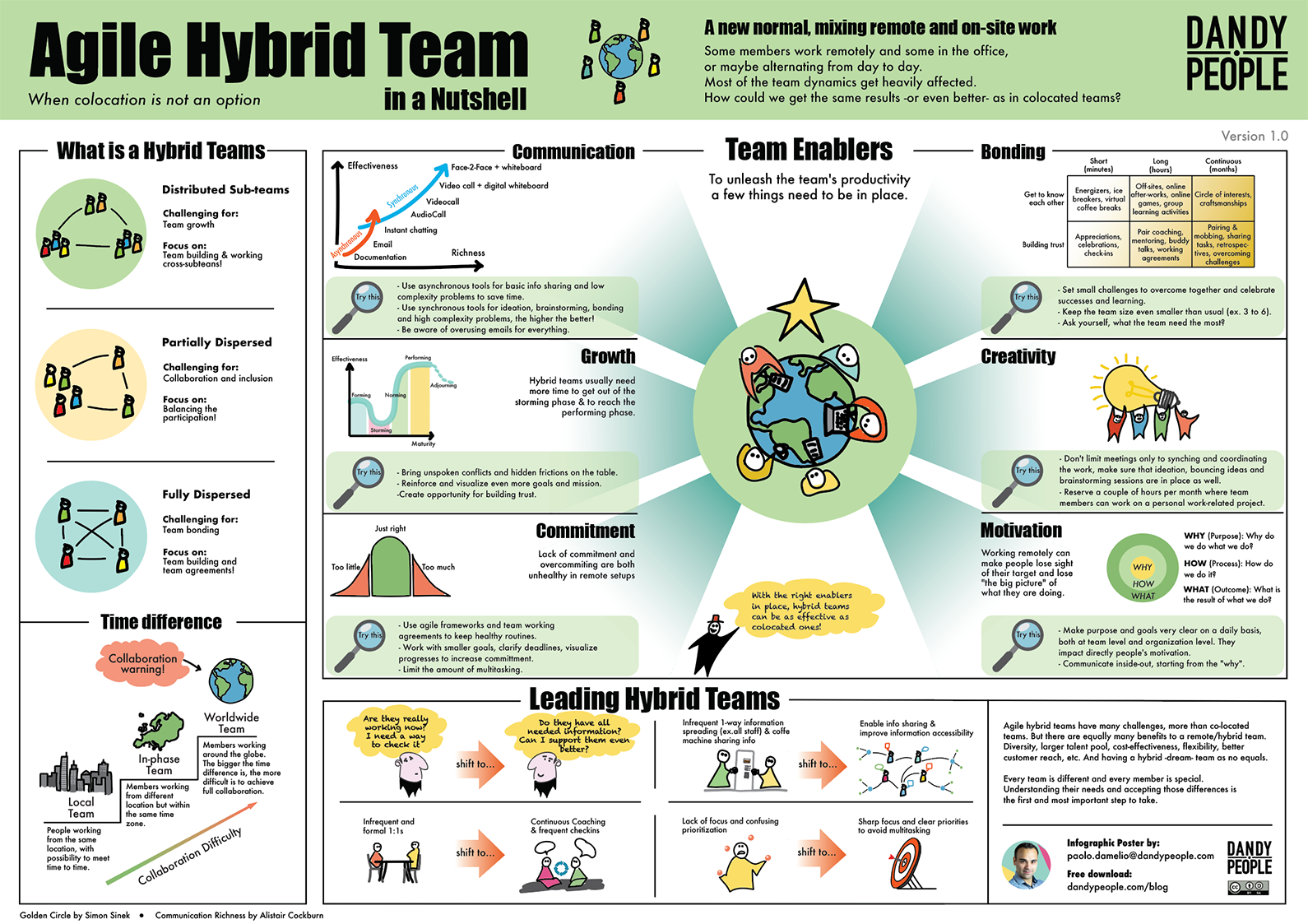
What is a Hybrid Team?
Hybrid Teams are those teams that are either fully remote team, or that work sometimes in the same office and sometimes remotely. It is very important to separate the “types” of those hybrid teams because they have different characteristics and their setup creates different needs and challenges.
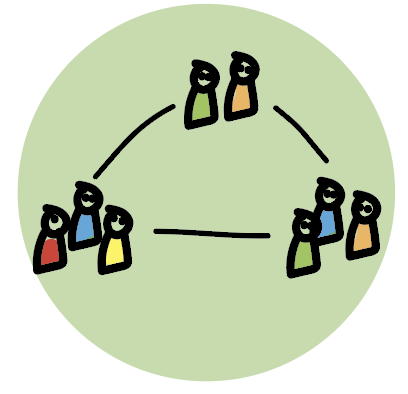
Distributed sub-teams are those where we have people working in different offices, say for example a team that is divided between 2 locations, like half the team in Sweden and the other half in Germany. This is challenging for team growth as the team will naturally split into sub-teams and might never feel like one entity. It is important to focus on team-building activities and even sharing working work across sub-teams.
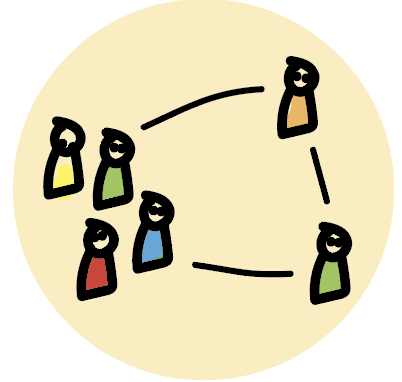
Partially dispersed teams are those where the main team is working from the same location but perhaps one or two people are working from some where else. This is not the best setup as it can make those people feel as if they are outsiders, and the level of inclusion will drastically reduce. In this case, it is important to balance the participation and contribution of everybody to make sure that even those joining remotely can feel part of the team.
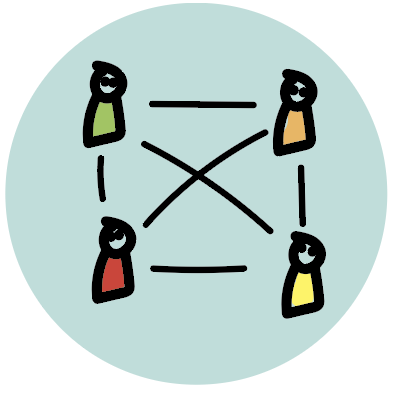
Fully dispersed teams are those teams with people joining from different locations. Even if it might seem the most challenging setup, this is actually better than the others types of hybrid teams when it comes to team development and team dynamics, because everybody is sharing the same situation. It is, of course, challenging to create that deep trust and deep bonding as the members do not have usually many chances to meet us.
An important factor to consider is also the time difference. The team members can be working from the same location with the possibility to meet up often, or they can be an in-phase team, working from different locations but still from the same time zone -meaning they can still work at the same time. The team members can also be spread around the globe, with very little chances to meet each other, this can be okay but if the time difference grows, let’s say, going above 6-7 hours of difference, then it is very difficult to get a good collaboration and sharing knowledge in the team.
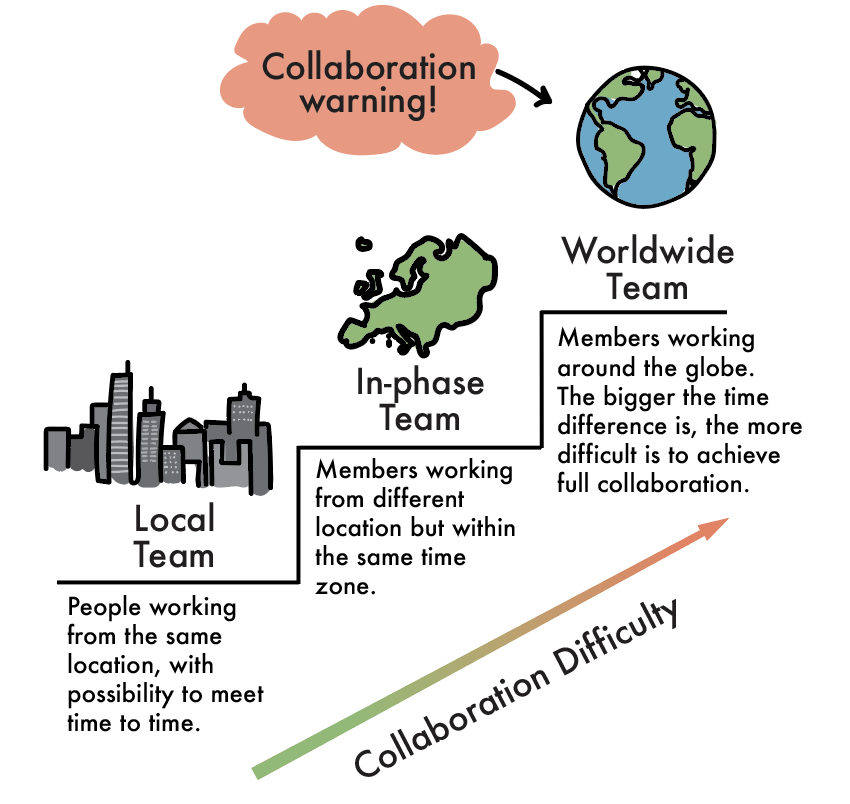
Team Enablers
Working remotely affects dynamics and team enablers, some more than others depending on which type of team or product we have.
Communication
Communication in a hybrid context definitely gets affected negatively, but we have several tools that help us to feel we are in the same room. Sometimes we have too many tools, so it is vital to choose the right ones for what we need to do. Asynchronous tools are great for basic info-sharing and low-complexity problems. Synchronous tools are better for ideation, brainstorming, bonding, and high-complexity problems.
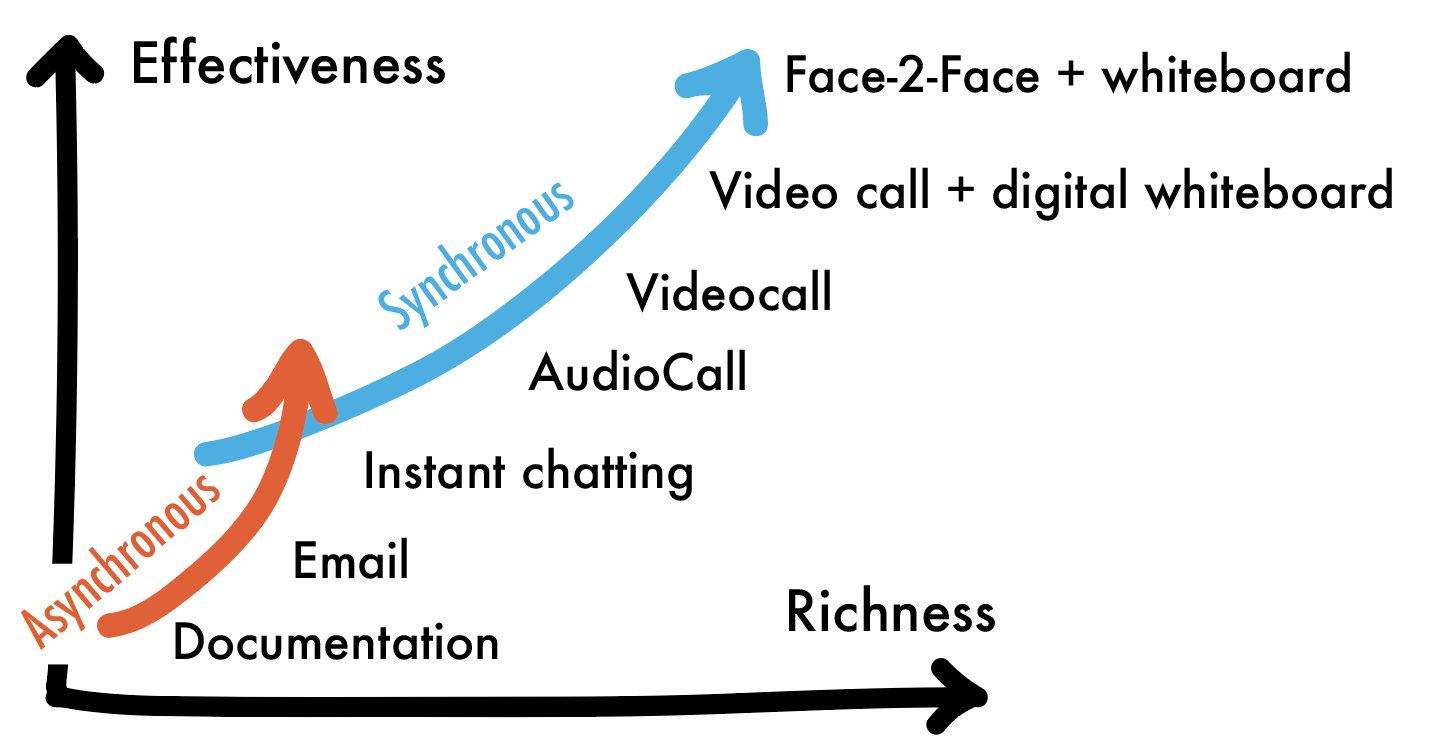
Growth
Team growth and team development can be slower than in a colocated team, simply because there is less face 2 face time for people to get to know each other and work together. There are usually 2 common phases where challenges arise: the first is getting out of the “Storming” phase because the team members have fewer chances to clarify frictions, and the second is reaching the performing phase, as many team members do not reach that level of trust that they would if they were spending hours and hours in the same room. Addressing those directly, like bringing up unspoken conflicts and hidden frictions on the table and reinforcing goals and missions help the team to perform better together.
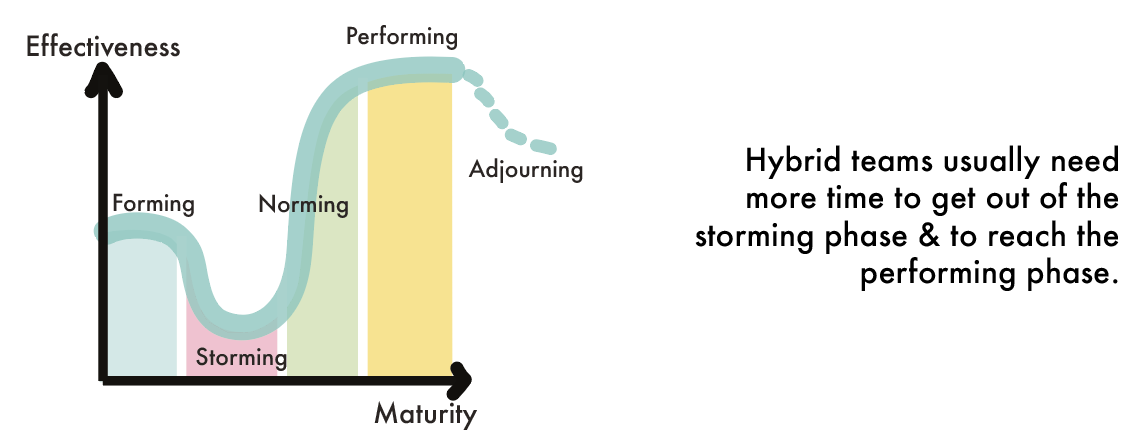
Commitment
Several studies contacted during the pandemy period show that many employees are working more hours than they regularly do, getting themselves more stressed. Other studies show instead that several employees are losing commitment and eagerness to work, as they feel detached from the rest of the organization. Either of those two extremes is unhealthy for people, so it is crucial to work with self-awareness and self-control to make decide what level of commitment and workload can one have both in the short term and long term. Having a shared way of working, for example, agile frameworks, and working agreements can keep the routines in check. On the other end, clarifying and visualizing goals, deadlines, and progresses help increase commitment. Be aware of the amount of multitasking on the team, on each individual, and on yourself, as working remotely often increases it due to the higher number of syncs and support needed among team members.

Bonding
There are thousands of activities that can be done to increase the level of getting to know each other, or even more deeply, to build trust. They can be short and long, and they can be one-time or repeated continuously. The table on the poster shows some examples but the sky is the limit, be creative and find the best for your team/s 🙂
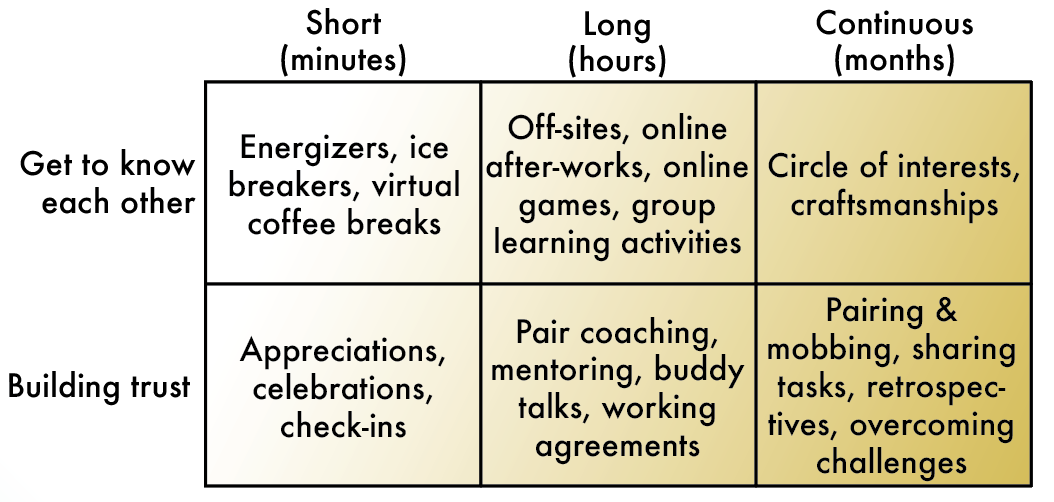
Creativity
Very often remote teams limit their interactions to only coordination and synchs, if kept long term, can affect the creativity and innovation of the team. People are naturally curious, creative, and innovative but they need the time to bounce ideas with each other in order to turn them into something great. Make sure there those activities find the right time and space!
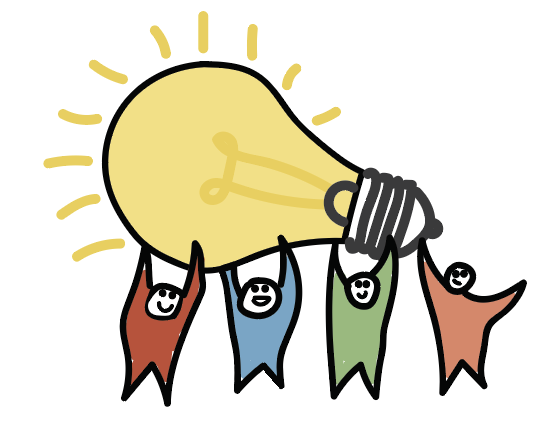
Motivation
Working remotely can make people lose sight of their target and lose “the big picture” of what they are doing. Especially for big products. This is one of the main reasons why people lack motivation. Clarifying the purpose and sharing a common vision both help to be engaged to work on the common cause.
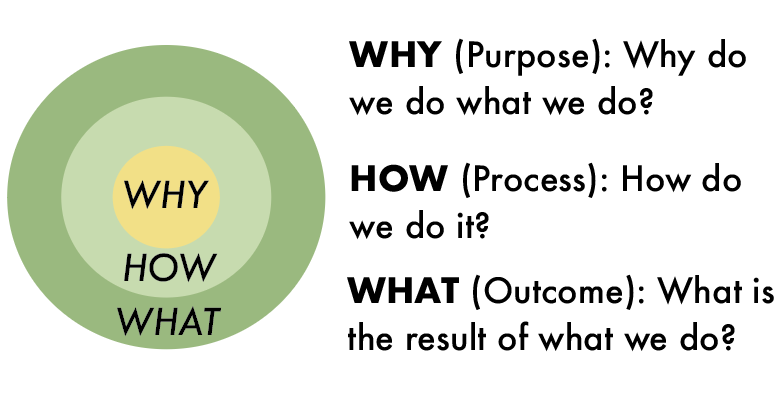
Leading Hybrid Teams
Doesn’t matter if you are a team coach, a people manager, or a domain expert, there are certain things that simply need to evolve if you are in a remote or hybrid team setup. Most of them gravitate around moving towards supporting rather than controlling, having more frequent and friendly connections with other people, creating better information flows, or clarifying priorities to get alignment and focus.
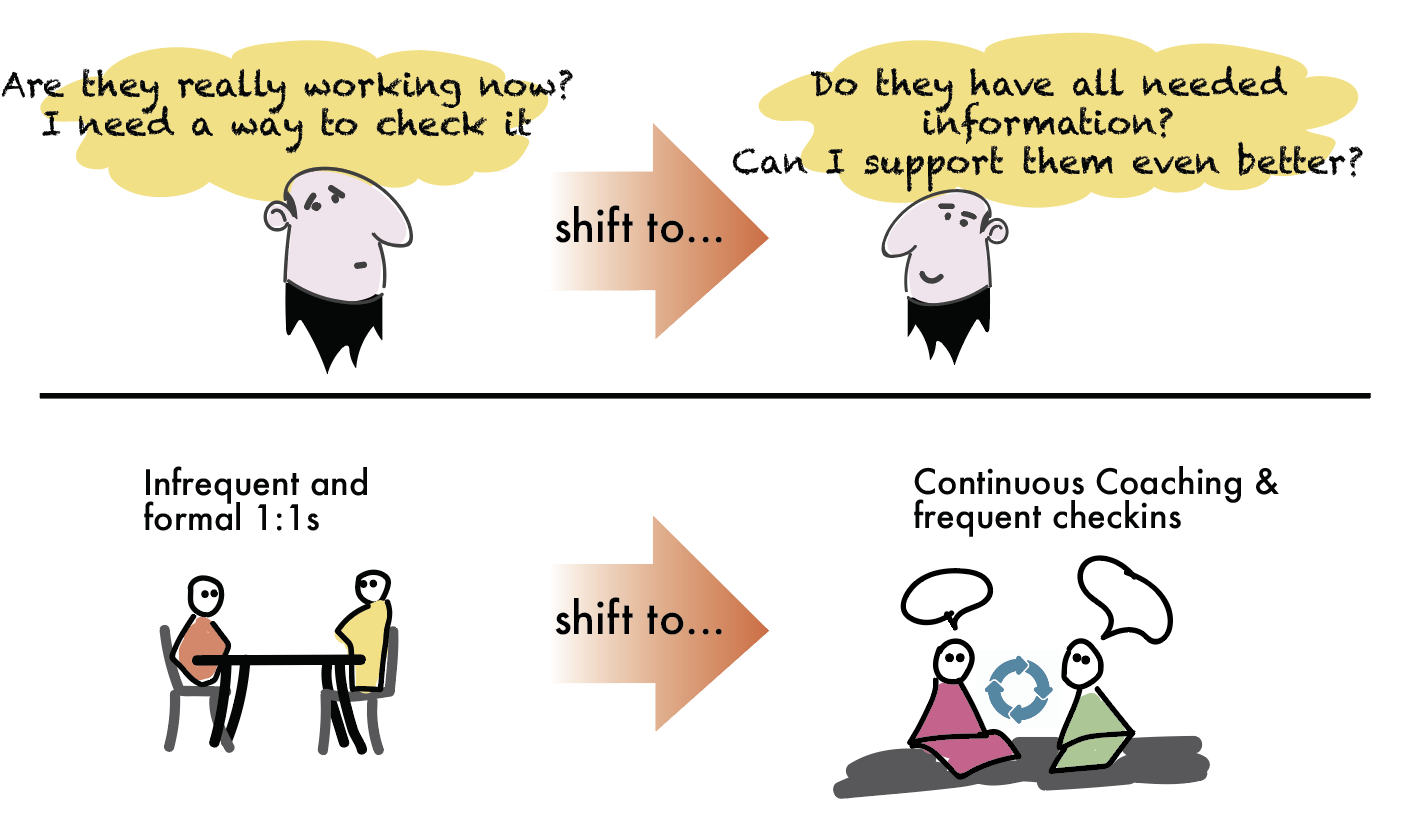

Conclusion
There are many challenges mentioned in this poster, and even more of them haven’t found the right space on this poster. But there are equally many benefits to a remote/hybrid team such as diversity, larger talent pool, cost-effectiveness, flexibility, better customer reach, etc. And having a hybrid -dream- team has no equal.
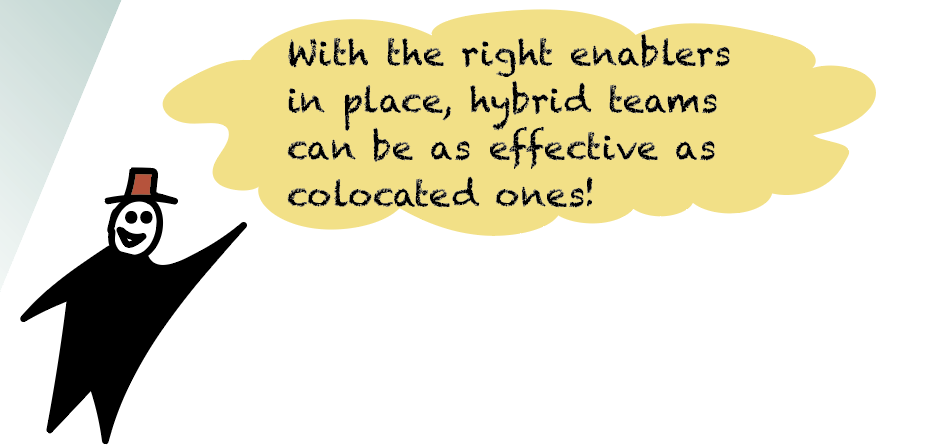
Download the Agile Hybrid Team poster as PDF >
Free to download, use and share
The posters are published under Creative Commons License, so please use it and share it as you like. If you are interested in doing a translation to any other languages please let me know and I will help you with the file and publish it here in the blog as well.
You are free to:
Share — copy and redistribute the material in any medium or format
Adapt — remix, transform, and build upon the material for any purpose, even commercially.
This license is acceptable for Free Cultural Works.
The licensor cannot revoke these freedoms as long as you follow the license terms.
Under the following terms:
Attribution — You must give appropriate credit, provide a link to the license, and indicate if changes were made. You may do so in any reasonable manner, but not in any way that suggests the licensor endorses you or your use.
ShareAlike — If you remix, transform, or build upon the material, you must distribute your contributions under the same license as the original.
No additional restrictions — You may not apply legal terms or technological measures that legally restrict others from doing anything the license permits.

Here you find all the other Free Agile in a Nutshell-posters in the series that is now translated to 14 languages and downloaded over 80.000 times worldwide.
